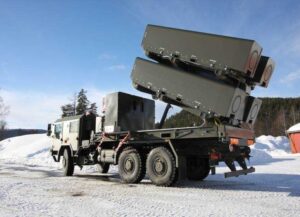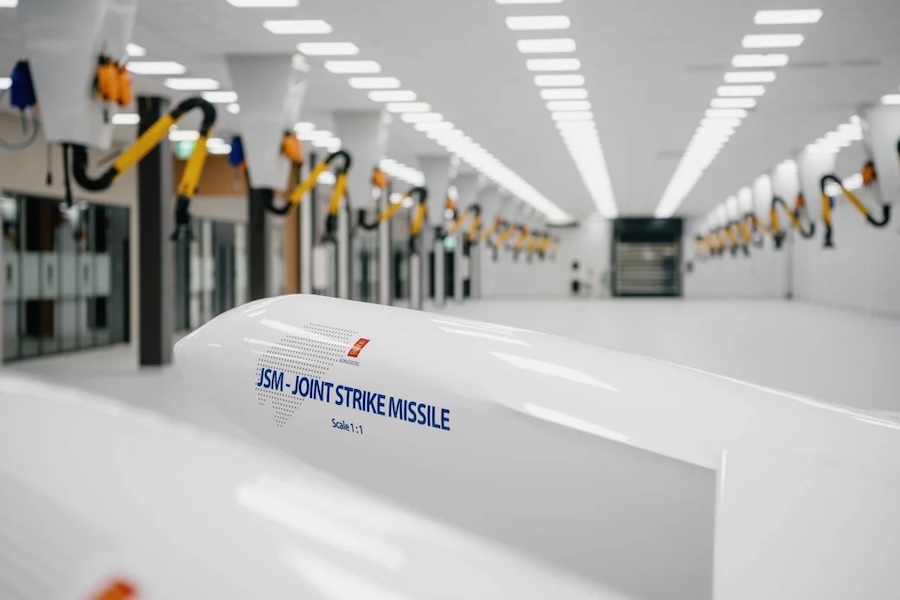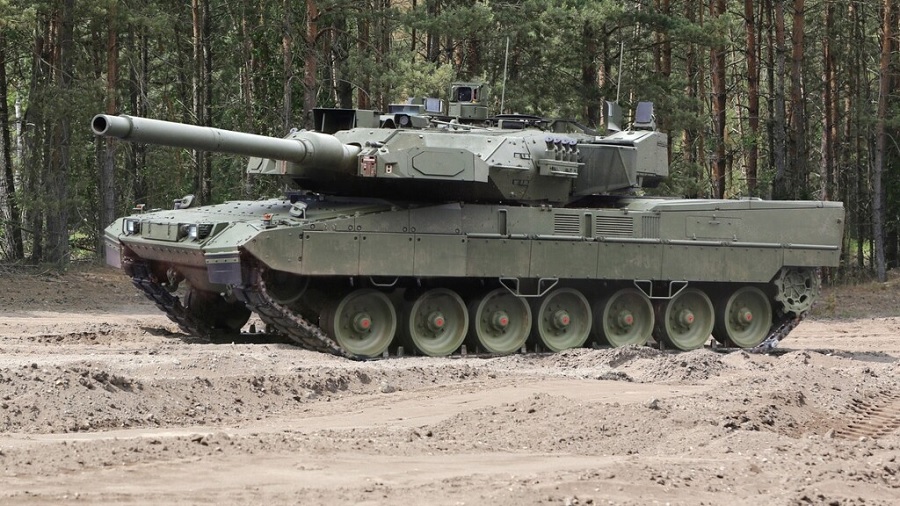3-321 FAR bolsters the organic indirect fire assets of V Corps’ 41st Field Artillery Brigade, an M270A2 Multiple Launch Rocket System unit permanently based in Grafenwoehr. This deployment combines two of the Army’s premier rocket launcher systems, significantly boosting regional readiness and posture in the European theater.
“The HIMARS’ mobility allows us to reposition quickly in response to dynamic combat situations. It’s a game-changer for us,” said Col. Frank Maxwell, commander of the 41st Field Artillery Brigade. “While our M270 systems are highly effective, the HIMARS allows us to extend our reach and increase our operational tempo.”
Providing a lighter, wheeled alternative to the MLRS, 3-321 FAR’s HIMARS are rapidly deployable via C-130 aircraft for greater flexibility in responding to emerging threats. The HIMARS strengthen V Corps’ already formidable capabilities by bringing a more mobile, flexible fire support system into the fold and highlights the Corps’ ability to rapidly reinforce its capabilities with rotational forces.
Maj. David Nixon, the operations officer for 3-321 FAR, explained the importance of the HIMARS airlift capability in supporting U.S. and NATO efforts across Europe.
“The biggest capability that the HIMARS brings is air mobility,” said Nixon. “The fact that we are able to load onto a relatively small cargo aircraft, fly wherever we are needed, and then offload and execute fire missions within several minutes enables us to be forward postured on a moment’s notice to execute missions in support of V Corps.”
The rotational deployment of 3-321 FAR also improves interoperability with NATO allies, specifically through training exercises and live-fire demonstrations.
3-321 FAR are scheduled to participate in a variety of exercises across Europe during their rotation such as Thunderbolt Convergence in March. Thunderbolt Convergence will showcase 3-321 FAR’s ability to rapidly and covertly airlift HIMARS to multiple locations across the continent in partnership with the Belgian military.
Exercises such as Thunderbolt Convergence are critical as NATO member states continue to receive equipment through the European HIMARS initiative, a U.S.-led NATO collaboration to enhance alliance-wide interoperability and expertise in rocket artillery through HIMARS-focused summits, training and fielding efforts.
Nixon said 3-321 FAR is directly involved in the success of the European HIMARS initiative as the headquarters element of Task Force Voit in Estonia.
“We have a platoon that is forward-deployed to Estonia called Task Force Voit, assisting and training the Estonian military as they receive the HIMARS later this summer,” Nixon said. “Our battalion here in Germany is also training in partnership with Lithuania, who is the next Baltic nation to receive HIMARS. We are training to help prepare them to receive their launchers in 2027.”
By rotating 3-321 FAR into the European theater, the U.S. Army demonstrates its unwavering commitment to NATO allies and the collective defense of Europe. The rotational nature of these forces strengthens the combat credibility of V Corps and underscores the U.S. Army’s dedication to regional security and deterrence across the European theater.
Source: U.S. Army V Corps.

























